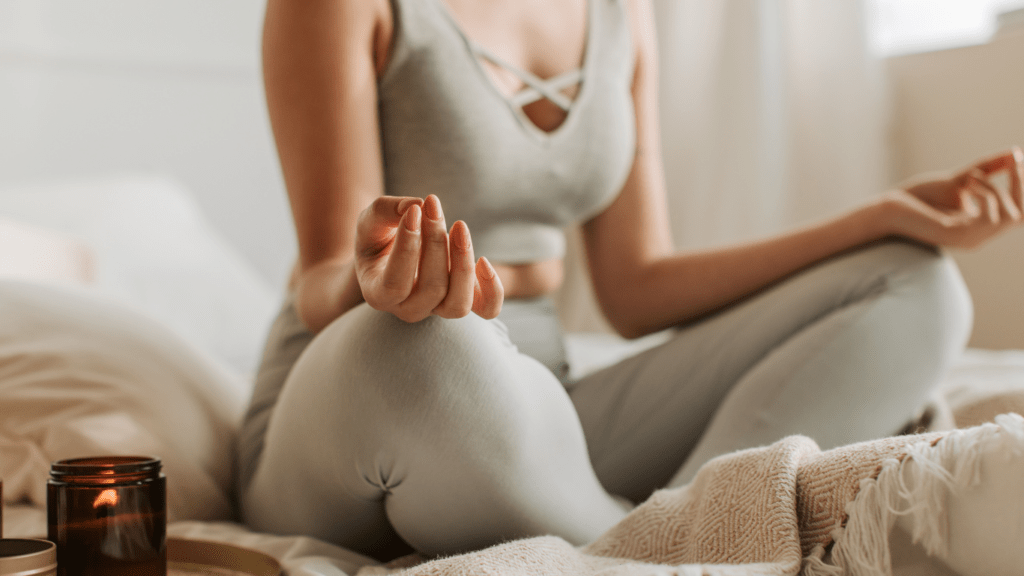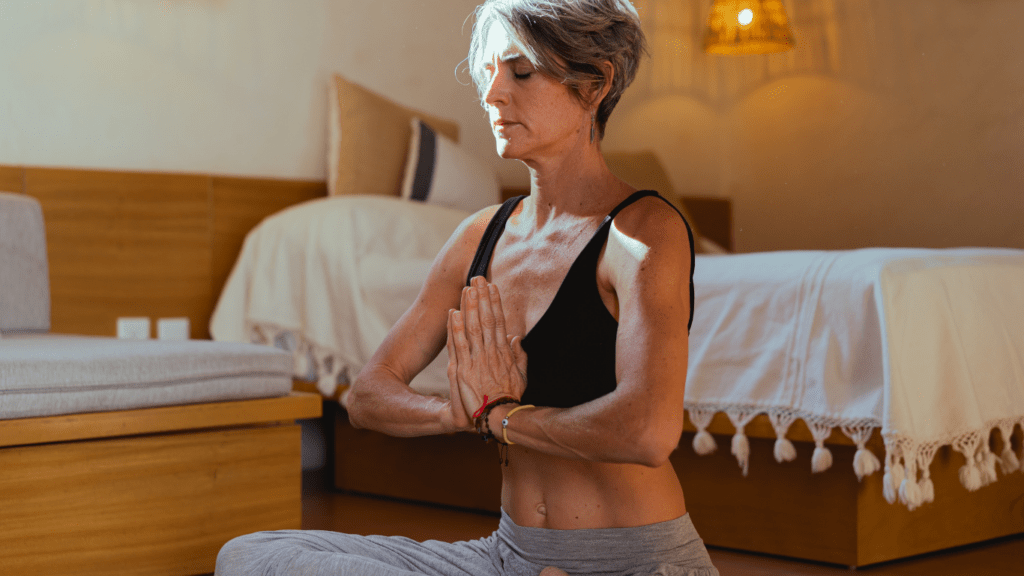Benefits Of Mindfulness
Mindfulness brings numerous benefits that enhance both mental and physical well-being. Practicing mindfulness can reduce stress levels. By focusing on the present moment, you can diminish anxiety and prevent your mind from dwelling on future uncertainties.
Mindfulness can improve focus. Regular practice helps you concentrate better, boosting productivity in all areas of life. For instance, staying mindful during work tasks leads to more efficient completion and fewer errors.
Physical health can also benefit. Mindfulness can lower blood pressure, enhance sleep quality, and reduce chronic pain. Studies show that those who practice mindfulness regularly experience better overall health metrics.
Emotional regulation improves with mindfulness. It allows you to respond thoughtfully rather than react impulsively to emotional triggers. This heightened awareness promotes healthier relationships and a more balanced emotional state.
Mindfulness boosts resilience. Adopting a consistent mindfulness practice equips you to handle life’s challenges with greater ease and less emotional turmoil.
Integrating mindfulness into daily routines yields these benefits without requiring significant changes in lifestyle or environment.
Breathing Exercises
Breathing exercises are foundational to mindfulness practices. They’re simple yet effective tools for staying centered.
Deep Breathing
Deep breathing involves slow, intentional breaths. Start by sitting or standing comfortably, then inhale deeply through your nose for a count of four. Feel your diaphragm expand and fill with air. Hold your breath for a count of four, then exhale slowly through your mouth for a count of six to eight. Repeat this cycle several times.
Counting Breaths
Counting breaths adds a mental focus element to your breathing exercise. Begin by sitting comfortably with your eyes closed. Inhale deeply and count “one” in your mind as you exhale. On the next exhale, count “two.” Continue this up to ten, then restart at one if distracted. This practice helps anchor your attention and reduces mental clutter.
Body Scan Techniques
Body scan techniques offer a practical way to bring mindfulness into everyday life. They help increase bodily awareness and reduce stress.
Quick Body Scan
Quick body scans typically take just a few minutes. Start by finding a comfortable position, either sitting or lying down. Close your eyes if it helps you focus. Travel your attention from the head to the toes, scanning each part of the body. Notice sensations like:
- tension
- discomfort
- relaxation
Acknowledge these sensations without judgment. For example, if you feel tightness in your shoulders, just observe it without trying to change it. Quickly scanning the body in this way helps reset your mind and body connection.
Progressive Muscle Relaxation
- Progressive muscle relaxation involves tensing and relaxing muscle groups.
- Begin by sitting or lying in a comfortable position.
- Close your eyes to minimize distractions.
- Start with your feet, tensing the muscles for about 5 seconds, then releasing them.
- Gradually move upward through your body.
- After the feet, tense the calves, then the thighs, and so on.
- Pay attention to the sensations during both tensing and relaxing phases.
- This technique helps reduce physical stress and promotes a deeper sense of relaxation.
Mindful Observations

Mindful observations enhance presence and foster a deeper connection with the world around us. These practices can be seamlessly incorporated into daily routines.
Observing Nature
Nature provides endless opportunities for mindfulness. Whether walking in a park, sitting by a window, or strolling through your neighborhood, engage your senses to ground yourself. Focus on the colors of the leaves, the sound of the wind rustling through trees, and the scent of blooming flowers. Notice the details—patterns on tree bark or the shapes of clouds.
For instance, spend five minutes observing a single flower. Note its color, texture, and any insects that land on it. This action pulls your focus into the present moment, reducing mental distractions and stress.
Noticing Surroundings
Everyday surroundings offer moments for mindfulness. At the office, during a commute, or while running errands, pay attention to your environment. Observe the people, buildings, and objects around you. Notice the textures of surfaces you touch, the sounds in the area, and the smells wafting through the air.
For example, when waiting in line at a store, shift focus from impatience to observation. Look at the arrangement of items on shelves, listen to background music, and feel the floor beneath your feet. This practice anchors your mind, promoting calmness and reducing anxiety.
Mindful Listening
Mindful listening helps enhance present-moment awareness and fosters a deeper connection with your surroundings. This exercise can be seamlessly integrated into daily life.
Listening To Music
Listening to music mindfully involves giving full attention to the soundscape. Choose a piece of music, sit comfortably, and focus solely on the auditory experience. Notice the different instruments, rhythm, and melodies without any external distractions. Avoid multitasking; let the music be the primary focus. For example, pay attention to the timbre of each instrument, the transitions between notes, and the emotional tones conveyed.
Active Listening
Active listening centers on deeply engaging with another person’s words during a conversation. Make eye contact, nod, and provide verbal cues like “I see” or “That’s interesting.” Maintain focus on the speaker instead of formulating responses while they talk. For instance, if someone shares their day, try to understand their emotions and perspectives by observing their tone and body language. This practice not only enhances mindfulness but also improves communication and relationships.



 Mindfulness & Nature Wellness Specialist
Eve Macleod is a certified mindfulness and meditation instructor who has spent years cultivating her passion for connecting wellness practices with the natural world. At Whisper Forest Ways, Eve focuses on guiding readers through techniques that harness the power of nature to promote mental, emotional, and physical well-being. Specializing in forest bathing, nature-based meditation, and eco-therapy, Eve helps readers discover how nature can enhance mindfulness practices and deepen relaxation. She believes that the natural world holds untapped potential for personal healing, stress relief, and spiritual growth, and through her articles and tutorials, she invites everyone to embark on a journey toward a more peaceful and centered life.
Mindfulness & Nature Wellness Specialist
Eve Macleod is a certified mindfulness and meditation instructor who has spent years cultivating her passion for connecting wellness practices with the natural world. At Whisper Forest Ways, Eve focuses on guiding readers through techniques that harness the power of nature to promote mental, emotional, and physical well-being. Specializing in forest bathing, nature-based meditation, and eco-therapy, Eve helps readers discover how nature can enhance mindfulness practices and deepen relaxation. She believes that the natural world holds untapped potential for personal healing, stress relief, and spiritual growth, and through her articles and tutorials, she invites everyone to embark on a journey toward a more peaceful and centered life.
